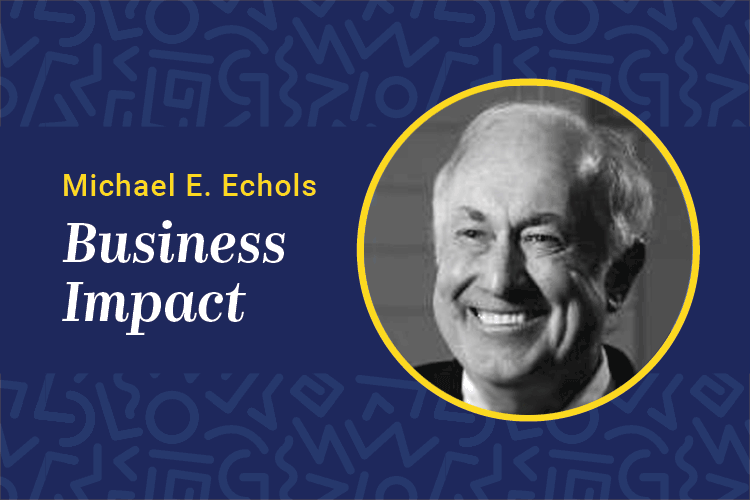Historically, three critical talent actions — recruit, develop and retain — have operated in corporate silos. As evidence, look at how your organization has been organized to perform these three human capital activities. The recruiting function places ads, interviews and hires new employees. The learning function develops employees once hired. Operations managers are responsible for retaining their employees.
Employees don’t quit their human resources managers. They quit because they see no attractive career path and/or because they have a bad boss. The silo model no longer works because the world of talent has changed.
The excess labor supply we saw after the 2008 financial meltdown has evaporated. The unemployment level in March was 5 percent, and the U.S. Labor Department reported 5.4 million open positions at the end of February.
Unfortunately, the prospects are destined to worsen. Baby boomers are leaving the labor force at the rate of 10,000 per day — a pace that is virtually certain to continue for decades. The talent needed to compete in our rapidly changing world has become difficult to find and, even more importantly, to keep.
We have to become better at recruiting and retaining. The good news is the learning and development organization can create value well beyond its historic development role. Learning has the potential to be a very important part of recruiting and retention as well. Why? Learning can play a strategic role in the competition for talent today and tomorrow.
The potential is in evolving the talent market beyond potential external candidates with a college degree, and developing those already inside the organization who have no degree but demonstrate a commitment to learn. The expanded market is composed of current employees who would be the first in their family to get a college education, who are poor, and who are disadvantaged.
Developing these segments is not merely a societal priority for our country, but also a competitive priority for our companies for two reasons.
First, our world is changing at a mind-numbing pace. A February article in The New York Times documents the challenges AT&T faces in its markets. The company’s roots reach back to Alexander Graham Bell in 1875. Current AT&T CEO Randall Stephenson has implemented a plan to retool the human capital of the company by 2020, just four years away. That’s a powerful example of the rate of acceleration at which our world is changing.
Second, the traditional talent supply is inadequate. Some estimate that U.S. universities will graduate more than 20 million fewer college graduates than the workforce needs over the next decade. This will put even more pressure on corporate learning organizations to develop the talent needed from within. There simply won’t be enough external candidates with the right credentials in the market for companies to recruit.
Therefore, learning functions need to recruit candidates among existing employees. Employees who do have the potential to be future leaders may not need credentials today, but with the right incentives and options, they will be motivated to invest in themselves for tomorrow.
I have written before about the opt-in strategy to identify current employees who have the potential to be future leaders. Given the data available, this learning and development internal recruiting strategy is critically important and will become ever more so.
And let’s not forget retention. Bellevue University’s Human Capital Lab did a research study on the effect of learning on retention for Chrysler auto dealer salespeople. The detailed research on this case is available for free on humancapitallab.org; enter Chrysler in the search box at the top of the home page. The message is that timing for training can be critical for retention.
So, down with the silos. Let’s make learning and development part of the critical recruit, develop, retain talent equation for the enterprise. Competitive success depends on such a shift.
Michael E. Echols is the vice president of strategic initiatives at Bellevue University and the author of “Your Future is Calling.” Comment below, or email editor@CLOmedia.com.















